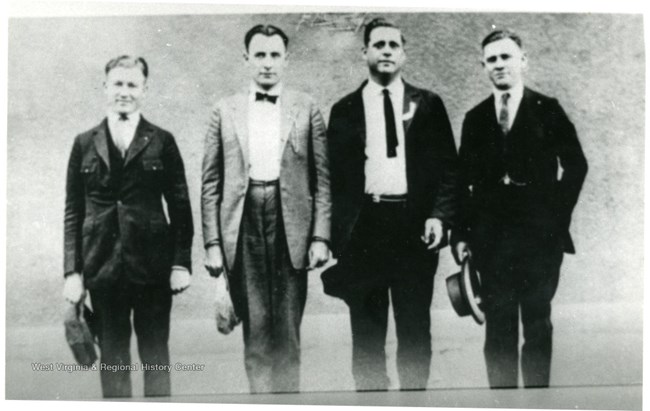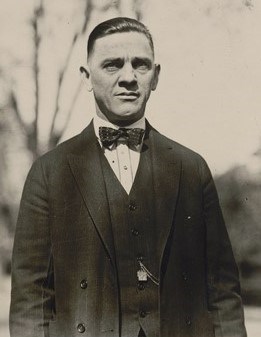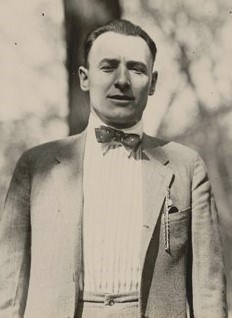Part of a series of articles titled West Virginia Mine Wars.
Previous: Matewan Massacre
Article

West Virginia & Regional History Center
Bill Blizzard was born in 1892 into a staunchly pro-union mining family. His father supported the United Mine Workers (UMW), the nation’s primary labor union for miners during the late 1800s and early 1900s, from its early years in the state and was subsequently blacklisted from working in the mines because of it. Despite their own hardship, Blizzard’s family supported the striking miners in 1902, and Bill even trapped game for the suffering mining families who were forced to live in tent camps. His family continued to support the union struggle into the Paint Creek-Cabin Creek Strike (1912-1913). Sarah Blizzard, his mother, led a group of women who destroyed the train tracks after the deadly night of the Bull Moose Special, an armored train car carrying machine guns that were fired into a tent colony of striking miners by mine operators. According to historian James Green, Bill Blizzard followed in his parents’ footsteps and became an active union member at the age of ten. While some considered him to be too rash, the teetotalling Blizzard gained the respect of miners and organizers for his maturity and dedication to the union cause.

Library of Congress
Frank Keeney was the president of UMW District 17 from 1916-1924. Although he was born into a farming family in the small town of Cabin Creek in 1882, financial troubles forced Keeney’s widowed mother to take him out of school and send him to work in the mines at the age of ten. For eleven hours every day, the young Keeney worked as a trapper boy—sitting in the dark waiting to open and close the tunnel doors for the coal miners. His experiences in the mines led Keeney to become an avid socialist and a staunch unionist. Keeney was involved in every major event of the West Virginia mine wars (1912-1921), beginning with the Paint Creek-Cabin Creek Strike (1912-1913). It was then that Keeney developed a strong but ill-fated friendship with famous union organizer Mother Jones . Although he was nowhere near the fighting on Blair Mountain, his leadership position in the UMW led to his indictment in the wake of the march. As with other defendants, Keeney was indicted on multiple charges but ultimately was either acquitted at trial or had his indictments dismissed.

Library of Congress
Born in 1888 in Kanawha County, Fred Mooney became a miner like his father at a young age. After marrying at age twenty, Mooney moved into a company town and experienced the exploitation of living in company-owned housing firsthand when he and his family were evicted after he was caught looking into moving to another coal mine. Like his fellow union organizers Frank Keeney and Bill Blizzard, Mooney’s first involvement with the labor unrest was during the Paint Creek-Cabin Creek Strike in 1912-1913. In the aftermath of the strike, a bitter feud broke out in UMW District 17 between the conservative leadership and the pro-democracy socialists including Fred Mooney and Frank Keeney. With the support of the national UMW leadership, the union held an election in 1916 in which Frank Keeney was elected president and Fred Mooney was elected secretary-treasurer.
Part of a series of articles titled West Virginia Mine Wars.
Previous: Matewan Massacre
Last updated: September 27, 2024